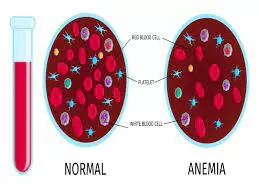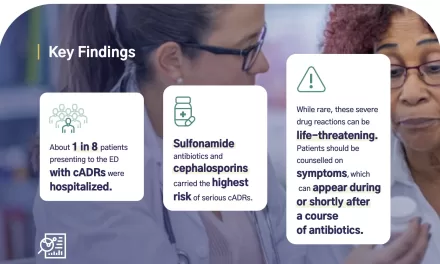
In 2018, the Government of India launched the Anaemia Mukt Bharat (AMB) strategy to reduce prevalence of anaemia in women, children and adolescents through life cycle approach. The 6X6X6 strategy aims to reduce anaemia among six beneficiaries age groups through implementation of six interventions and six institutional mechanisms. The UT of Jammu and Kashmir is implementing Anaemia Mukt Bharat strategy as per GOI guidelines.
In the UT of Jammu and Kashmir, all Reproductive, Maternal, Newborn, Child, Adolescent Health and Nutrition (RMNCAH+N) services are provided across all the districts. Further, two aspirational districts (Kupwara district and Baramulla district) are identified under the Aspirational District programme to prioritize the reproductive health of women and children, including anaemia.
The steps taken by Government including the age specific interventions for reduction in anaemia among women and children across the country are provided at Annexure I.
- Periodic deworming
- MoHFW is implementing National Deworming Day (NDD) programme under which biannual mass deworming for children and adolescents in age group 1-19 years is carried on designated dates – 10th February and 10th August every year
- Pregnant women are provided services under the strategy through antenatal care contacts (ANC clinics/ VHND) for deworming (in the second trimester)
- Intensified year-round Behaviour Change Communication (BCC) Campaign for compliance to IFA and deworming; Appropriate Infant and Young Child Feeding (IYCF); Increase intake of iron-rich, protein-rich and vitamin C-rich foods; dietary diversification
- Testing and Treatment of anemia using digital methods (Digital Invasive Haemoglobinometer) in field settings, Sub Health Centres, Health and Wellness Centres; and Semi-auto analyzer in health facilities PHC and above; and point of care treatment. Anaemia Management protocols to be followed are mentioned in Operational Guidelines for Anaemia Mukt Bharat
- Management of severe anaemia in pregnant women by administration of IV Iron Sucrose/ Blood transfusion
- Providing incentives to ASHA for identification and follow-up of high-risk pregnancies including severe anaemia in pregnant women
- Provision of IFA fortified food in government funded public health programmes
- Addressing non-nutritional causes of anaemia in endemic pockets with special focus on malaria, hemoglobinopathies and fluorosis
- Strengthening supply chain management of Iron and Folic Acid supplements
- Convergence and coordination with other line departments and ministries for strengthening implementation
- National Centre of Excellence and Advanced Research on Anaemia Control (NCEAR-A) at AIIMS, Delhi engaged in capacity building of health care providers and development of training toolkit.
Annexure I
Steps taken by the Ministry of Health and Family Welfare for reduction in anaemia among women and children across the country
- Prophylactic Iron Folic Acid Supplementation to all six beneficiaries age group
| Age group | Dose and Regime for IFA supplementation |
| 6 – 59 months of age
|
|
| 5- 10 years children
|
|
| School going adolescent
girls and boys, 10-19 years of age and Out of school adolescent girls 10-19 years age |
|
| Women of
reproductive age (non-pregnant, 20-49 years
|
|
| Pregnant women and
lactating mothers (0-6 months child)
|
|
The Union Minister of State for Health and Family Welfare, Dr. Bharati Pravin Pawar stated this in a written reply in the Lok Sabha yesterday.











